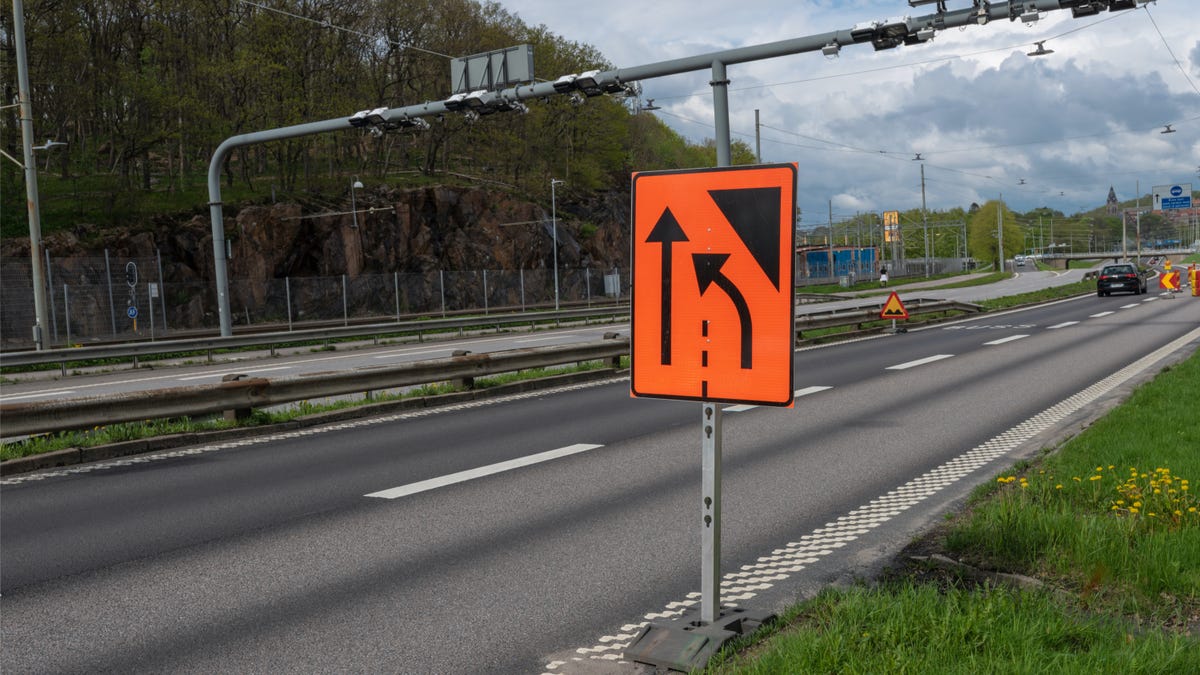How to Buy the Right Ethernet Cable
Choosing an ethernet cable for your home network seems straightforward, but there’s more to it than you might think, especially if you don’t know what all the different names and numbers mean. If you just go with the highest...

Choosing an ethernet cable for your home network seems straightforward, but there’s more to it than you might think, especially if you don’t know what all the different names and numbers mean. If you just go with the highest numbers, you could end up spending too much money on something you don’t really need. Luckily, with a little know-how, you can make sure you’ve chosen the right ethernet cable for your setup without going overboard.
First, gauge your internet speed
The first thing you need to do is figure out exactly what speeds your internet connection offers, as different types of cables can support different maximum data transfer speeds. Sure, the easiest option is to choose the newest cable with the highest speed option, but that could mean dropping cash on an ethernet cable that you can’t fully take advantage of.
There are a number of ways to track your internet speed, though one of the best known is Ookla’s Speedtest.net. It isn’t always the most accurate, but it will give you a good general idea of the upload and download speeds you can expect before you drop some cash on an ethernet cable.
If you have internet that reaches up to gigabit speeds (1Gbps), then having an older ethernet cable could cost you bandwidth and speed, essentially holding you back. If you have a slower connection, though, going with a cheaper, older ethernet cable isn’t a bad idea.
There’s no point in buying an overpowered ethernet cable
Like most things, the newer the technology, the better the maximum performance is going to be. With ethernet, you can determine how new the cable is by looking at the Category (Cat) number. All older ethernet cables (Cat 5 or older) should mostly be ruled out if you’re running a newer, faster internet connection. That means you should be looking at cables marked Cat5e (1 Gbps) through Cat 8. The latter is likely overkill for 90% of people right now, as not many internet connections offer the maximum speeds that Cat 8 is capable of (about 40 Gbps).
For most slower connections, I recommend going with a Cat 5e. It isn’t a newer category, but it should deliver everything you need to get your internet connection running smoothly and without much interference. This standard supports gigabit ethernet internet (1 Gbps speeds) at 350 MHz, which should serve many setups well.
However, if you’re running a faster internet connection than gigabit ethernet, Cat 6 is going to be a better option. It supports speeds of up to 10 Gbps at 250 MHz at a length of up to 55 meters, and if you need to keep those speeds at longer distances, you can upgrade to the 500 MHz Cat 6a cables, which can stretch up to 100 meters. (Cat 6a is also shielded, which works well for blocking inference but makes the cable less flexible.)
You may also see some ethernet cables marked as Cat 7 or Cat 7a. I recommend steering clear of both, as they rely on proprietary connectors that most companies don’t support. If you find yourself wanting to invest in Cat 7 or Cat 7a but your equipment doesn’t support it (check the equipment to see what is recommended), it’s best to just eat the cost and go with Cat 8 instead.
Cat 8 is the latest and greatest option currently on the market, but as noted above, there isn’t a ton of reason to upgrade to this particular ethernet cable just yet. It supports a maximum frequency of 2,000MHz and speeds of up to 40Gbps at 30 meters, and offers shielding to help avoid any crossover signals from other wires. That’s nice, but it’s almost definitely overkill for most consumer-grade setups.
So which ethernet cable should you choose?
Ultimately, the best ethernet cable for most people is going to be Cat 6. Not only does it provide more than enough maximum bandwidth for most current internet connections, these cables are also more flexible, and relatively inexpensive. Cat 5e might work well for your internet now, but won’t be as impressive down the road. If you want to really future-proof, you could go with Cat 8, but it’s more expensive and you might not need that capacity for a long time. And if you find yourself needed to extend your ethernet connection over longer distances—say 45 meters or more—then Cat 6a is going to be the best option.
(Not sure if it’s still worth using ethernet to wire your home internet? Take a look at the benefits of ethernet cables to see whether it fits your needs above wireless connectivity.)

 ValVades
ValVades 
































